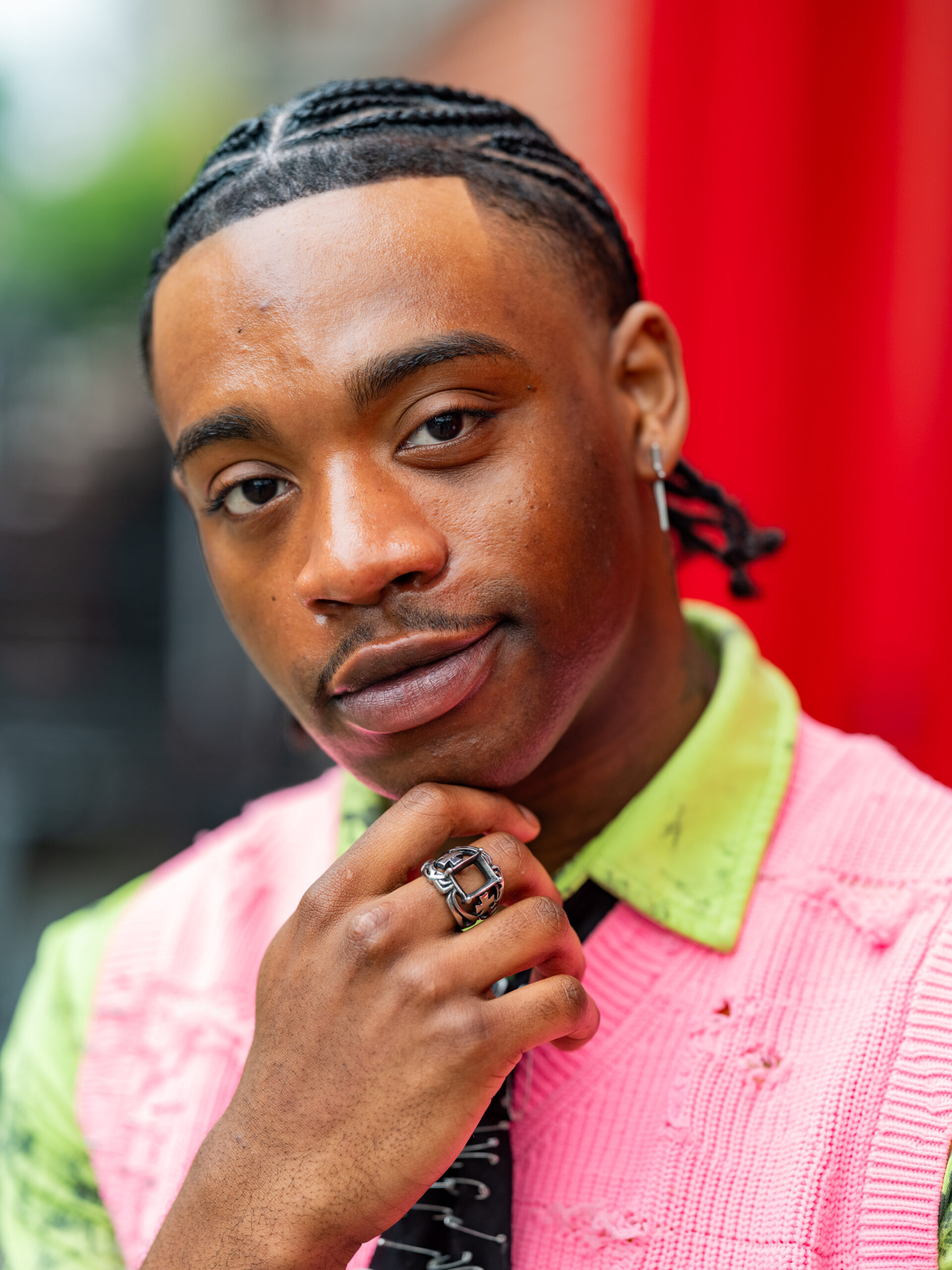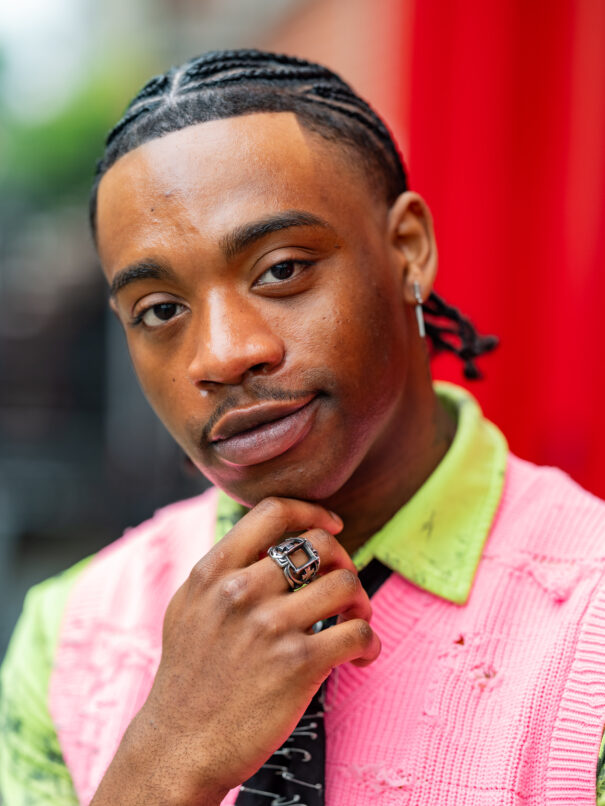“Everybody is a genius. But if you judge a fish by its ability to climb a tree, it will live its whole life believing that it is stupid.” – Unknown
Leadership doesn’t have one look, one pace, or one personality. Still, many youth advocacy spaces unconsciously reward those who are extroverted, performative, or hyper-productive — overlooking the unique brilliance that neurodivergent youth bring to movements. It’s time to shift that narrative.
Neurodivergence — including ADHD, autism, dyslexia, and other cognitive variations — is not a limitation. It’s a different operating system. It’s another way of processing the world, often rooted in heightened sensitivity, deep thinking, and innovative problem-solving. Many neurodivergent youth carry profound emotional intelligence, rich inner creativity, and an unmatched sensitivity to injustice. These are not side effects. They are superpowers — especially in advocacy.
Princess Jauan Taylor Durbin (she/they), whose journey we recently spotlighted, is a living example of what neurodivergent leadership looks like when honored and cultivated. As a nonbinary, neurodivergent youth leader, Princess shows us how authenticity, intention, and community care can shape a more inclusive movement. “Look forward to failure,” she says. “It teaches you the best lessons.”
Rather than conforming to traditional leadership molds, Princess embodies a model of leadership rooted in presence — not performance. Their advocacy is not about being the loudest voice in the room, but often the most grounded. In their journey from student government to the ballroom scene to national platforms, Princess has consistently demonstrated that the most sustainable leaders are those who know how to pace themselves and lead with love, not ego.
Too often, we define leadership by charisma or speed. But Princess — and many others like them — remind us that leadership can also look like softness, silence, stillness, and strategy. It looks like rest. It looks like resistance. It looks like creating entirely new paths when the old ones don’t fit.
How Neurodivergent Youth Lead with Wisdom:
- They feel deeply — and hold trauma-informed, empathetic space.
- They challenge structure — and inspire system-level innovation.
- They create — art, ideas, and strategies rooted in lived truth.
- They pace themselves — and model sustainable, non-extractive leadership.
- They listen — deeply, patiently, and without ego.
These traits aren’t incidental — they’re essential. In a world that often prizes productivity over presence, neurodivergent youth are modeling what it means to build futures that prioritize care, balance, and equity.
Rather than forcing neurodivergent youth to “mask” or conform, we should be learning from the rhythms they bring. That might mean creating meetings that allow for stimulation toys or visual thinking, offering flexible timelines and rest breaks, or checking in with how folks process and communicate. Inclusion is not just about access — it’s about shifting culture.
Because here’s the truth: the future of advocacy depends on diverse minds. Neurodivergent youth aren’t just part of the conversation — they’re redesigning the room it happens in. And we need that room to be more imaginative, more inclusive, and more just than ever before.
Let’s not just make space for them. Let’s follow their lead. Let’s listen more. Let’s build slower. Let’s lead in ways that are true, not trendy.
Because there’s no one way to lead — but there are countless ways to love, uplift, and liberate.
– Garrett Mason
MEET THE author


MEET THE author
Garrett Mason
Garrett Mason, III is a multi-hyphenate creative, advocate, and youth leader dedicated to advancing cultural equity, social justice, and community empowerment. As a published author, recording artist, fashion designer, and ballroom house father, Garrett blends art and advocacy to inspire systemic change. He consults nationally on youth homelessness prevention, legal equity, and generational wealth building, centering lived experience and creative expression as tools for healing and liberation. His work amplifies marginalized voices and reimagines futures where all people thrive in unconditional love and unapologetic joy.